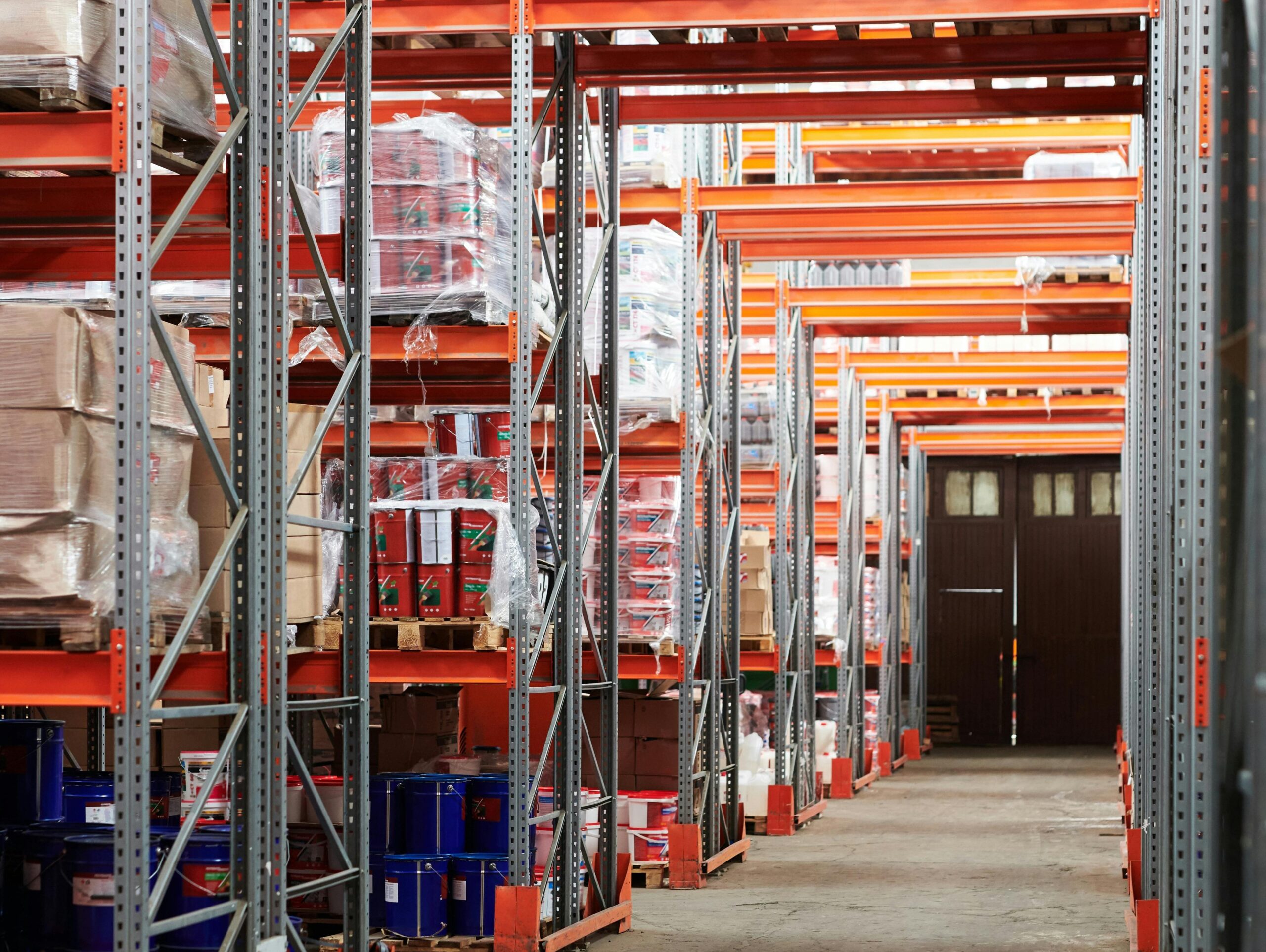
Improving efficiency in Warehouses: The LiDAR Advantage
In today’s increasingly fast-paced environment, warehouses play a crucial role in keeping the supply chain operating smoothly. Now, with the seemingly unstoppable rise of e-commerce, warehouses are facing increasing pressure to operate ever more efficiently and economically.
In recent years, technological advancements have revolutionised warehouse management, and one such innovation has been the use of LiDAR technology.
What is LiDAR?
LiDAR, short for Light Detection and Ranging, is a remote sensing method that uses light in the form of a pulsed laser to measure ranges (distances) and create 3D representations of objects and their surroundings. Often used in fields such as archaeology, geography, and self-driving vehicles, LiDAR also has a range of promising applications in warehouse management.
So how can LiDAR improve efficiency in your warehouse?
In warehouse settings, LiDAR functions as an advanced sensory system. The LiDAR can be used by mounting it in a static position or on mobile equipment such a forklifts. The LiDAR scanner then emits laser pulses that bounce off surrounding objects and return to the sensor. By calculating the time taken for these pulses to return, the LiDAR constructs a precise map of the environment.
This real-time mapping capability then enables a range off efficiency improvements within your warehouse:
1. Accurate Inventory Management
One of the most significant challenges in warehouses is maintaining accurate inventory. LiDAR enables timely and accurate inventory assessments by real time monitoring and updating of storage space. This eliminates the need for time-consuming manual inventory checks, reducing errors and enabling accurate updates on stock levels.
2. Optimised Warehouse Layouts
It is also crucial to achieve efficient space management in warehouses. LiDAR-generated maps offer insights into the best layout configurations, indicating where products should be stored for optimal accessibility and efficiency. By analysing traffic patterns and storage density, warehouse layouts can be streamlined for more efficient picking and packing.
3. Improved Autonomous Operations
Increasing automation in warehouses allows for improved efficiencies. LiDAR can play a pivotal role in enabling autonomous navigation for robots and machinery as these sensors provide the necessary environmental awareness for AGV’s, guiding them accurately through the warehouse without human intervention.
4. Energy Efficiency
By monitoring the occupancy and movement patterns in different areas, LiDAR sensors can provide insights to optimise energy usage thereby reducing costs.
Ultimately use of LiDAR and other similar technology can enable fully automated “dark factories” where heat and light are not required.
The Advantages of LiDAR Adoption
The implementation of LiDAR technology offers numerous advantages that significantly impact warehouse efficiency and productivity:
1. Increased Efficiency
By providing precise and real-time data, LiDAR reduces the time spent on manual tasks, such as inventory counting and layout planning. This boosts overall operational efficiency, allowing warehouses to handle higher throughputs more effectively.
2. Cost Savings
Efficiency gains translate into cost savings. With optimised layouts and reduced manual labour requirements, operational costs can be reduced whilst output is maximised.
3. Enhanced Decision-Making
Data generated by LiDAR systems offer valuable insights for strategic decision-making. The information gathered can be used to fine-tune processes, predict trends, and adapt operations to changing demands, improving overall performance.
4. Scalability and Adaptability
LiDAR technology is scalable and adaptable to various warehouse sizes and configurations. Whether it’s a smaller operation or a large distribution centre, LiDAR enhanced systems can be tailored to meet specific needs. This also ensures flexibility as your businesses grows or processes are updated.
5. Enhanced Safety Measures
Safety is undoubtable critical in warehouse environments. LiDAR sensors can detect obstacles and potential hazards in real time, minimising collisions between machinery, preventing accidents, and ensuring a safer work environment for all employees.
Implementing LiDAR based efficiency optimisation in your Warehouse
1. Choosing the Right LiDAR System
When implementing LiDAR technology in your warehouse, it is important to choose the right system for your needs. There are various LiDAR systems available, each with its own capabilities and features. It is important to consider factors such as range, accuracy, and cost.
2. Training and Integration
Once you have chosen the right LiDAR system, it is important to provide proper training to your staff. This will ensure that they are able to use the technology effectively and make the most out of its capabilities. Additionally, it is important to integrate the LiDAR system with your existing warehouse management system to ensure seamless operations.
Challenges and Future Developments
While LiDAR presents numerous benefits, there can be challenges to its widespread adoption in warehouses. Cost remains a significant hurdle for smaller operations, although advances are gradually making these systems more affordable. Additionally, integrating LiDAR technology with existing warehouse management systems requires careful planning and investment within a compatible infrastructure.
As we look ahead, ongoing advancements in LiDAR technology promise even greater potential for warehouse efficiency. Improved accuracy, faster scanning speeds, and integration with other smart technologies like AI and IoT will further optimise warehouse operations, driving the industry towards even higher levels of productivity.
Conclusion
As we have seen, LiDAR technology can play an important role in improving warehouse operations by enhancing inventory management, enabling autonomous navigation, optimising layout, streamlining pick-and-pack processes, enhancing safety and security, and providing real-time analytics. While initial adoption may face challenges, the long-term benefits of improved efficiency, cost savings, and adaptability make LiDAR a cost effective investment for warehouses aiming to stay competitive in an evolving market.
As technology continues to advance and the synergy between technology and logistics evolve, we believe that LiDAR’s role in shaping the future of warehouse management is set to be transformative, revolutionising how goods are stored, tracked, and shipped across the globe.
Sensor Shop are here to help.
We have a number of products that we would recommend for use in this sector including the compact and versatile UST range from Hokuyo. You can find out more about this and our full selection of LiDAR scanners here. And make sure to stay up to date with all our news, insights and product developments by following us on LinkedIn and X.
Popular news

What is Art… and how can LiDAR technology be used to create it?
LiDAR has found new applications in interactive art installations, enabling impressive immersive experiences.
Read more
How does LiDAR compare to camera and RADAR technology?
Comparison of LiDAR (Light Detection and Ranging), Camera and RADAR (Radio Detection and Ranging) technology.
Read moreGet expert advice on which product is best for you:
Germany: +49 7824 70397-50
United Kingdom: +44 1666 660016
Get in touch